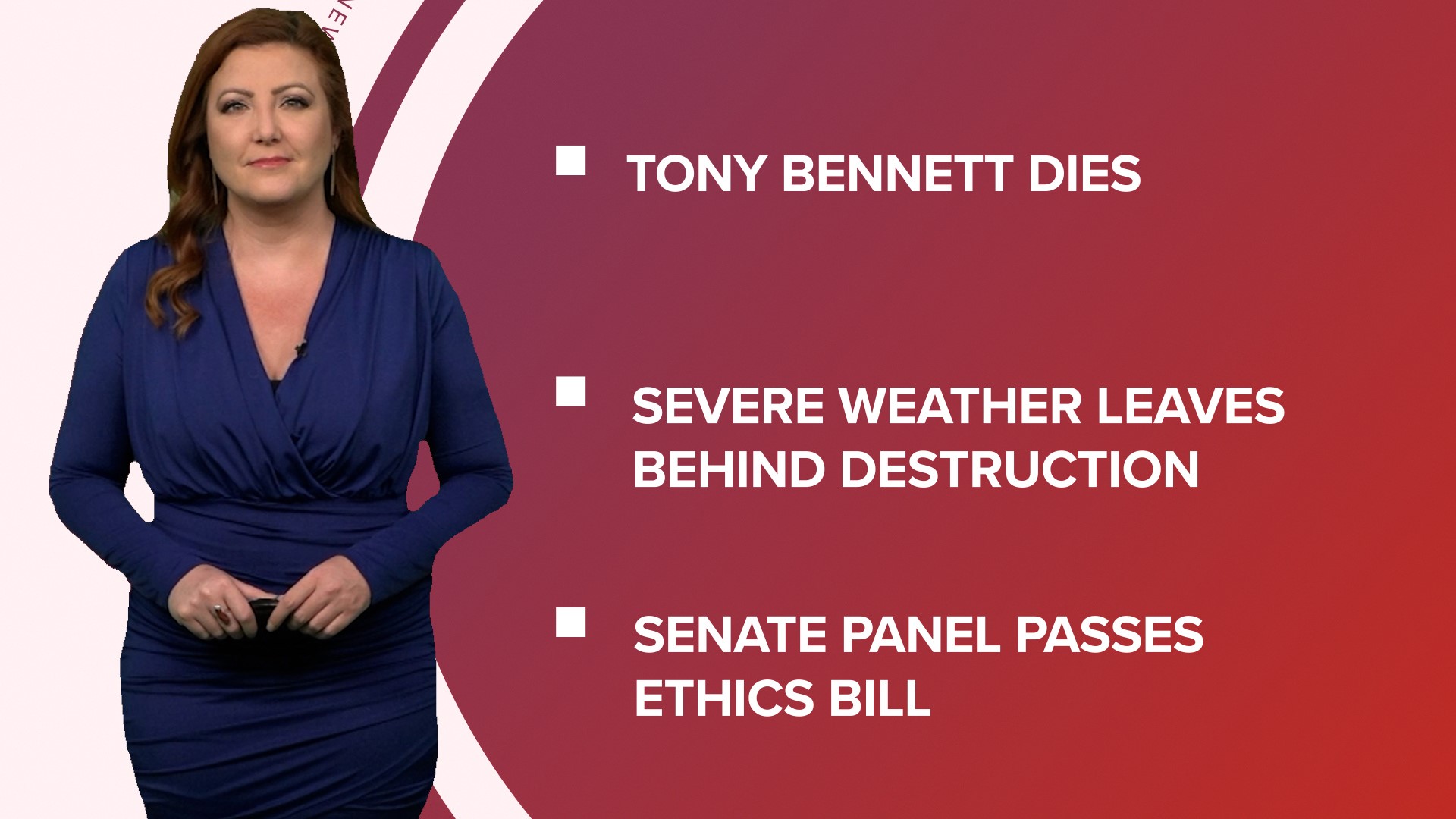CALIFORNIA, USA — This story was originally published by CalMatters.
About 225,0000 Californians lost their free or low-cost health coverage as of July 1, in the first round a Medi-Cal renewal process that had been suspended since early in the COVID-19 pandemic.
That’s approximately 21% of the over 1 million people who were due to reapply for coverage in June, according to preliminary numbers released by state health officials on Thursday.
Medi-Cal, the state’s health insurance program for low-income people, typically reviews enrollees’ eligibility every year. The state paused that process during the pandemic at the orders of the federal government, but resumed in the spring.
Less than 3% of the people who lost coverage no longer qualify for Medi-Cal because their household income now exceeds the program’s limits.
That means the majority of people were kicked off because they didn’t return a renewal packet and county Medi-Cal offices couldn’t verify an enrollee’s income. State health officials said they are trying to reach enrollees in multiple ways — email, mail and texts.
David Kane, a senior attorney with the Western Center on Law and Poverty, said it is concerning that tens of thousands of people could be without insurance even though they are eligible. They may have failed to respond for a number of reasons, such as not receiving the packet or not getting the packet in their language.
“I don’t think today’s preliminary numbers mean we can all sit back and think things are OK,” Kane said. “These disenrollments are not inevitable. The state, counties, advocates, and community groups together have the power to help more people keep their Medi-Cal.”
California will have to review eligibility for almost 16 million people over the next 12 months. June 30 was the deadline for the first group of enrollees. State health officials have previously estimated that between 2 million to 3 million people could lose their Medi-Cal coverage by next June through the reviews.
Californians who were dropped from Medi-Cal on July 1 have 90 days to reinstate coverage if they believe they are still eligible but didn’t return the necessary paperwork. After that period, state officials estimate this first month’s disenrollment rate will be closer to 17%.
That rate is “equal to or better” than disenrollment rates recorded prior to the pandemic, said Jacey Cooper, the state’s Medicaid director.
Millions could lose healthcare
During the pandemic freeze, California’s Medi-Cal roll ballooned to cover close to 15.8 million residents — about 40% of the state’s population.
California is the latest state to release preliminary numbers. Across 33 other states and D.C, more than 3 million people have already been kicked off Medicaid (Medi-Cal is California’s version of Medicaid), according to a Kaiser Family Foundation tracker. The foundation estimates that could grow to as many as 24 million nationwide over the next year.
According to the foundation, 74% of disenrollments happened because states could not verify a person’s eligibility — and not necessarily because they no longer qualified for free or low-cost health care.
California state officials said some people will be automatically re-enrolled if they can verify income information via government databases, but most people will have to fill out and mail back a renewal packet.
Why some eligible Californians could lose Medi-Cal
Health advocates have said they worry many eligible people will fall through the cracks or get caught in administrative hurdles and unnecessarily become uninsured.
Eddie Hu in Los Angeles helped this 65-year-old father renew his Medi-Cal coverage. The process went smoothly largely because Hu works for Asian Resources, a community organization that provides some health insurance enrollment aid, and was familiar with the process. But he noted that his dad’s paperwork was sent to him in English, even though he had previously indicated he needs his paperwork in Chinese.
“We had to fill out seven to eight pages all in English,” Hu said. “If I’m not here, he would have to look for help somewhere else.” And getting outside aid from a county office or a clinic, for example, could mean long waits on the phone or multiple in-person appointments to get all the needed paperwork straightened out, Hu said.
To qualify for Medi-Cal, people can earn up to 138% of the federal poverty level — that’s $20,121 a year for an individual or $41,400 for a family of four. Some Californians, such as pregnant women and people with disabilities, may qualify with slightly higher incomes.
State officials have said that they are working to automatically transition people who were kicked off Medi-Cal to sign up for a health plan through Covered California, the state’s health insurance marketplace. Most people who buy from the marketplace receive generous subsidies, and some people don’t have a premium cost at all. Nearly half of the people enrolled in coverage through Covered California pay less than $50 a month, according to the agency.

